 by Kaye Dee
by Kaye Dee
The continuing hiatus in American and Soviet manned spaceflight and the present lack of unmanned lunar and interplanetary missions, has been a blessing as well as a disappointment. It's given us an opportunity to focus on some lesser-known US and USSR space programmes that are quietly going about their business largely unreported. One such is the US Air Force’s Orbiting Vehicle programme, which saw its most recent launch just a few days ago. While the Traveller has previously taken a look at some early
OV1 series missions, the whole thing is worth looking at–it's really quite exciting!
 Hitching a Ride on an ICBM
Hitching a Ride on an ICBM
When the Air Force Office of Aerospace Research (OAR) was looking for a means to conduct space experiments at the lowest possible cost, it conceived the idea of using small satellites of a standardised design, launched as secondary payloads piggybacking on Atlas ICBMs being flown for missile technology development. After all, Atlas vehicles have been used to launch satellites as far back as 1958
(Project SCORE), as well as launching all the orbital missions of NASA’s Mercury programme.
This concept led to the development of Orbiting Vehicle (OV) programme, initially created in the early 1960s under the name SATAR (SATellite for Atmospheric Research). SATAR was an extension of the "Scientific Passenger Pods" (SPP) flown as external payloads on suborbital Atlas missile tests to conduct scientific experiments during their brief time in space. In its original form, SATAR was to use a larger version of the SPP, called the Atlas Retained Structure (ARS), that would carry a small satellite with its own propulsion system. When the Atlas missile reached its apogee, the satellite would be deployed from the ARS, using its propulsion system for orbital insertion.
Renamed the Orbiting Vehicle programme around 1963, this project now includes five separate series of standardised satellites, designated OV1 through OV5, each designed for a specific research goal.
 OV1-3 launches in a side pod on an Atlas missile ABRES test flight
Launching OV1
OV1-3 launches in a side pod on an Atlas missile ABRES test flight
Launching OV1
The first series of OV satellites – which has seen the greatest number of launches to date – is OV1, developed by the Convair Division of General Dynamics, which also produces the Atlas vehicle. Initially, OV1 satellites were going to be launched on Atlas missiles testing nosecones for the Advanced Ballistic Re-Entry System (ABRES). However, only OV1-1 and OV1-3 ever flew piggyback on an ABRES mission, mounted in pods on the side of the missile. Both satellites were, unfortunately, unsuccessful.
 View of the OV1-2 launch showing the twin top-mounted pods. Although there were two pods, only a single satellite was launched on this flight
View of the OV1-2 launch showing the twin top-mounted pods. Although there were two pods, only a single satellite was launched on this flight
The other OV1 missions so far have been launched on dedicated Atlas D and F boosters (retired from the ICBM programme) purchased by the OAR for the OV1 series. These flights use two modified SPP pods mounted side-by-side on top of the Atlas, enabling two satellites to be launched on each OV1 flight. The only exceptions to date have been OV1-6, which flew on the Manned Orbiting Laboratory test flight on 2 November 1966, and OV1-86, carried in a side-mounted pod on the same launch that lofted OV1-11 and OV1-12.
Small but Versatile
Using a standardised satellite design has enabled experiments to move rapidly from proposal to launch, the process taking just fifteen months on average. The operational design of the multi-purpose OV1 spacecraft is a cylinder 4 ft 6.6 in long and 2 ft 3 in in diameter, with a cap on both ends covered with 5000 solar cells producing 22 Watts of power. The satellite is attached to a discardable propulsion module using an Altair 2 solid-fuelled motor for orbital insertion. It has two 1 ft 6 in antennae for command and telemetry, with attitude control provided by hydrogen peroxide thrusters. The use of a Sun sensor to determine the spacecraft's orientation to the Sun commenced with OV1-7, while OV1-13 and OV1-14 introduced advanced digital telemetry, which has improved the data return from the satellites.

 OV1-1 undergoing a balance test prior to launch
OV1-1 undergoing a balance test prior to launch
Since the launch of OV1-1, on 21 January(GMT) 1965, 17 OV1 series satellites have so far been launched, with more apparently on the way. Only five have failed in some way. The basic purpose of this series is research into fundamental properties of the upper atmosphere and the space environment. This has meant that, unlike the experiments and results from most USAF satellites (and other OV series), which remain classified, the details of OV1 experiments have been published. But will we ever find out how closely the OV1 missions are related to the classified programs?
OV1 Highlights
Notable missions of the OV1 series so far have included OV1-4, launched 30 March (GMT) 1966, which carried three Tissue Equivalent Ionization Chambers, similar to one flown on
Gemini 4, NASA’s first spacewalk mission. This data has helped to quantify the radiation hazard that astronauts face on long-duration missions in orbit.

OV1-6, launched on a Titan IIIC with the Manned Orbiting Laboratory test flight in November 1966, uniquely carried several inflatable balloons. Once ejected into orbit, they served as optical targets for ground-based observations, apparently to determine the value of inflatable decoys in confusing anti-missile systems.

PasComSat , or OV1-8, was launched on 14 July (GMT) 1966 and used for passive communications tests, designed to compare the advantages of a grid-sphere satellite against a balloon similar to the Echo series. Its non-standard design comprised a 30ft diameter open spherical grid of soft aluminium wires embedded in an inflatable plastic balloon. The entire satellite, with its unique propulsion module, weighed just 23lb. The satellite’s structure was also intended to demonstrate the feasibility of erecting an open grid structure in space, as the polybutyl methacrylate plastic of the balloon was designed to break down after a few days under the sun's strong ultraviolet rays, leaving the open aluminium structure in orbit. Tests indicate that the grid-satellite will remain in orbit for at least 11 years and have measured its reflective power as five times greater than that of a solid sphere.
OV1-9, launched in December 1966, carried a number of radiation experiments and was still aloft in late May 1967, during an intense period of solar and magnetic activity. Its data proved the existence of the Earth's electric field, which had long been theorised. OV1-10, OV1-9’s launch twin, returned the most comprehensive set of solar X-ray observations to date and also carried a cosmic ray telescope.

A unique “triple launch” took place on 27 July (GMT) 1967, with OV1-86 flying in a side-mounted pod and OV1-11 and OV1-12 positioned on top of the Atlas D launch vehicle. OV1-86 was an opportunistic mission composed of the unused satellite body originally intended as OV1-8, coupled with the unused OV1-6 propulsion module, which was not required for its Titan IIIC launch. The satellite carried a cosmic ray telescope, as well as equipment measuring the temperature radiation properties of different types of Earth terrain, mapping the Earth in the near-infrared spectrum. Although OV1-11 failed to orbit, OV1-12 carried the Flare Activated Radio-biological Observatory, equipped with a suite of eleven experiments to study the radiation hazard from solar flares.
The first Atlas F launch of the OV1 series placed OV1-13 and OV1-14 in orbit on 6 April (GMT) 1968. Both satellites were designed to focus on measuring radiation in space, although OV-14 ceased operating after one week in service. OV1-13 recently measured increases in the energy and intensity of electrons during a geomagnetic storm that took place 10 June 1968, and it is hoped that its data will shed light on how the particle flow caused by solar storms creates these high altitude increases.
 OV1-14
Spades and Cannonballs
OV1-14
Spades and Cannonballs
The most recent OV1 launch took place on 11 July, carrying both a standard satellite and the second non-standard spacecraft in this series. OV1-15 has a suite of experiments developed by The Aerospace Corporation designed to study the response of the upper atmosphere to solar and magnetospheric disturbances. It is hoped that the Solar Perturbation of Atmospheric Density Experiments Satellite (SPADES) group of complementary experiments will help to identify the cause of large and sudden fluctuations encountered in satellite trajectories, he ultimate goal being an ability to predict these fluctuations and their magnitude.

OV1-16 is another non-standard satellite, also known as LOADS (LOw Altitude Density Satellite) and Cannon Ball. This unique satellite is designed to have a large a mass/area ratio, so that they can remain in orbit at lower altitudes than conventional satellite, enabling measurements of the atmospheric properties at around 65-90miles altitude. This lower thermosphere region is a largely unknown part of the atmosphere. Cannon Ball lives up to its nickname, as a sphere with a diameter of only 24 inches, although its total weight is 600 lb, largely due to a 1.5 inch thick shell of brass! Concerns about heating by sunlight and atmospheric heating caused by orbiting at low altitude meant that the satellite body has been painted black (to increase radiation) with some gold-plated circular areas. If this experiment goes well, there may be further OV satellites of this type.
Unlucky So Far!
The OV2 series could be considered the “unluckiest” of the Orbiting Vehicle projects to date. Out of four flights, two have failed and two were canceled! The series was originally devised within the ARENTS (Advanced Research Environmental Test Satellite) programme, with the satellites intended to complement the Vela programme, monitoring for violations of the 1963 Partial Test Ban Treaty. However, with the cancellation of ARENTS, OV2 became something of an “orphan” series, its initial three satellites each tasked with quite different research.
 OV2-1 shortly before launch, with its experiment package labelled
OV2-1 shortly before launch, with its experiment package labelled
OV2-1, launched 15 October (GMT) 1965, was intended to monitor the biological hazards of near Earth charged particles, but failed to separate from its launcher. OV2-2, planned to conduct optical measurements from orbit, was cancelled, as was the OV2-4 satellite, added to the programme and designed to observe radiation from trans-lunar orbit. OV2-3, intended to undertake radiation studies, failed when contact was lost after launch on 21 December (GMT) 1965. A fifth OV2 satellite has been authorised and is due for launch later this year to conduct astronomical research and radiation studies.

Produced by Northrop and launched on Titan III test flights, the spin-stabilised OV2 satellites had cubic bodies made of aluminium honeycomb, approximately 2ft on a side. Attached to each of the four upper corners of the satellite are 7ft 6in paddle-like solar panels each carrying 20,160 solar cells, although the satellites also have Nickel-Cadmium to operate while in the Earth’s shadow.
Taking a Scout
In a departure from the earlier series, OV3 satellites have all been launched on Scout boosters, used with many civilian satellite programmes, such as the
Explorer series. OV3-1 to OV3-4 were built by the Space General Corporation (part of Aerojet), while OV3-5 and 6 were constructed by the Air Force Cambridge Research Laboratory (AFCRL), which also managed the entire series.

Octagonal prisms in shape, the first four OV3 satellites were 2ft 5in in length and the same dimensions wide, with their experiments carried on long booms. With a design life-span of one year, the satellites were covered with 2560 solar cells. OV3-5 and OV3-6 were a little smaller than their predecessors, being only 1ft 9in in length.

The initial group of OV3-1 to 4 were devoted to radiation studies and launched across 1966. OV3-2 made important charged particle observations in conjunction with the 12 November 1966 South American solar eclipse that was also observed by
Gemini 12. Other observations and auroral research were also co-ordinated with airborne observations by AFCRL KC-135 aircraft and sounding rocket flights by the National Research Council of Canada.
VLF receiver data from OV3-3 determined the location of the plasmapause (the outer boundary of the Earth's inner magnetosphere), while the satellite also carried out radiation studies using the same suite of instruments as the failed OV2-1. OV3-4 data contributed to the refinement of theoretical models of astronaut radiation dosage.
The final two OV3 missions, in 1967, were focussed on ionospheric research. While OV3-5 failed to achieve orbit, OV3-6, launched 5 December (GMT) 1967 was quite successful. Also known as Atmospheric Composition Satellite (ATCOS)-2, its data is being used to create more accurate atmospheric models.
Despite keeping costs low by using off-the-shelf components, the OV3 programme was phased out after OV3-6, in favour of the cheaper OV1 programme.
Whispering Galleries
Just as particular physical conditions create the “whispering gallery” phenomenon under the dome of a building, the OV4 series satellites was initially created to investigate long range radio propagation in the charged atmosphere of the ionosphere. Each OV4 launch was intended to consist of a pair of satellites, one being the transmitting spacecraft, the other a receiver. However, only the OV4-1 mission was flown in this way with the OV4-2 pair cancelled.
 OV4-1R and OV4-1T shortly before launch
OV4-1R and OV4-1T shortly before launch
The OV4-1 satellite pair were both cylindrical, 1ft 5in in diameter, with domed upper ends. 2ft 11in long, they were powered by silver oxide/zinc batteries which gave them a 50-day lifespan.
Launched on a Manned Orbiting Laboratory (MOL) test flight on 3 November (GMT) 1966, OV4-1T carried a transmitter broadcasting on three frequencies in the 20-50 MHz range. To maximise its orbital separation from the OV4-1R receiver satellite, OV4-1T incorporated a small rocket motor. The two satellites were launched into slightly different 190-mile orbits, allowing them to test “whispering gallery” communications over a range of distances. This enabled the OV4-1 satellites to evaluate using the ionosphere's F layer as way to facilitate HF and VHF transmissions between satellites not in line of sight of each other.
Apart from being designated as part of the OV4 series, OV4-3 launched on the same Titan III flight as the OV4-1 pair, was a quite different spacecraft, being the boiler plate model of the Manned Orbiting Laboratory. The reconditioned Gemini 2 (originally flown on a sub-orbital flight on 19 January 1965), was attached to the MOL model.
 Little Stars
Little Stars
The most recent of the Orbiting Vehicle programme to date, with the smallest satellites, the OV5 series is a continuation of the Air Force's earlier Environmental Research Satellite (ERS) series. OV5 satellites are upgraded versions of the original ERS satellites developed by Space Technology Laboratories (part of TRW Inc), modified with a command receiver, allowing instructions to be sent from the ground, and advanced digital telemetry.


Spin-stabilized, for improved communications and solar power reliability, OV5 series satellites are tetrahedral in shape and made of aluminium struts. Just under 1ft in width, each satellite carries 816 solar cells distributed over its eight triangular faces. Power is stored in a nickel–cadmium battery and experiments are mounted on the vertices of the tetrahedron.
Passive thermal control keeps the inside of the spacecraft at around 59 °F, and an on-board timer is designed to shut off each satellite after 18 months of operation. Telemetry is broadcast on frequencies compatible with NASA Spacecraft Tracking and Data Acquisition Network (STADAN) stations, enabling the satellite data to be received at multiple locations.
The first two OV5 satellites, OV5-1 and OV5-3 were launched on 28 April (GMT) 1967 on a Titan IIIC vehicle. OV5-1, also known as ERS 27 is an X-ray measuring microsatellite associated with the US Air Force's “space weather” prediction programme. OV5-3, also known as ERS 28, is a materials science research project, carrying a variety of metal samples and Teflon, to investigate how they are affected by long-term exposure to the space environment. OV5-2, another materials science research experiment, is due to be launched later this year.
While the Orbiting Vehicle programme has developed somewhat differently from the original concept, insofar as it has largely transitioned away from hitchhiking on various test launches, the OV1, 3 and 5 series satellites have demonstrated the value of using standardised designs as a means for cheap and relatively rapid development and launch of space research instruments. The OV1 and OV5 programmes look set to continue for some years to come and will hopefully contribute further significant data towards our understanding of the space environment.
So, here's to "micro" satellites–perhaps they presage the future of cheap space development!



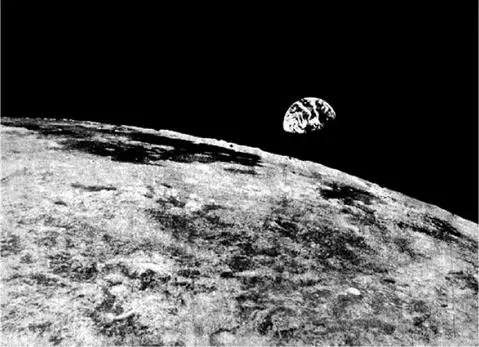
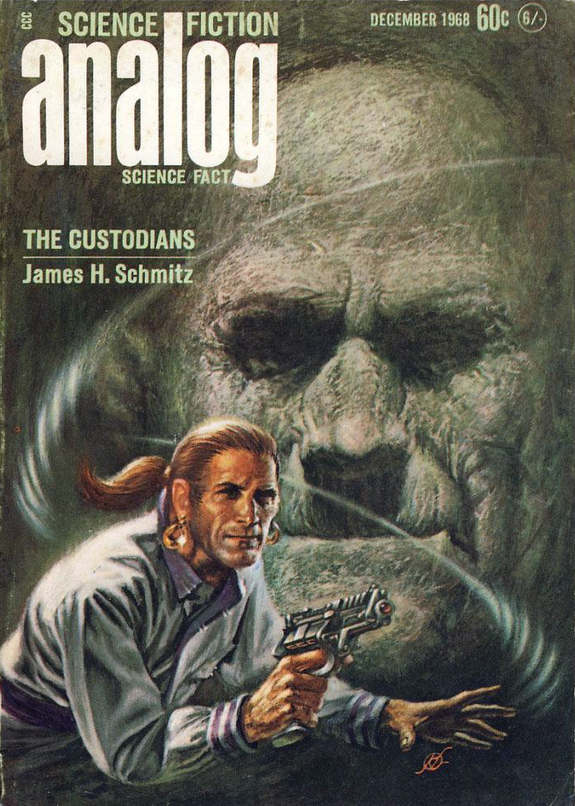

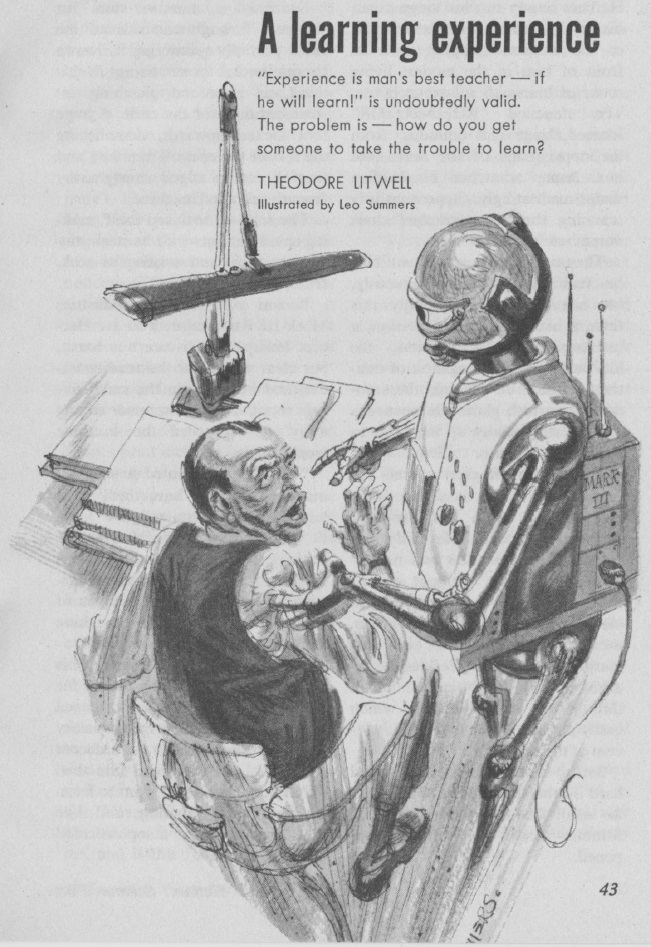
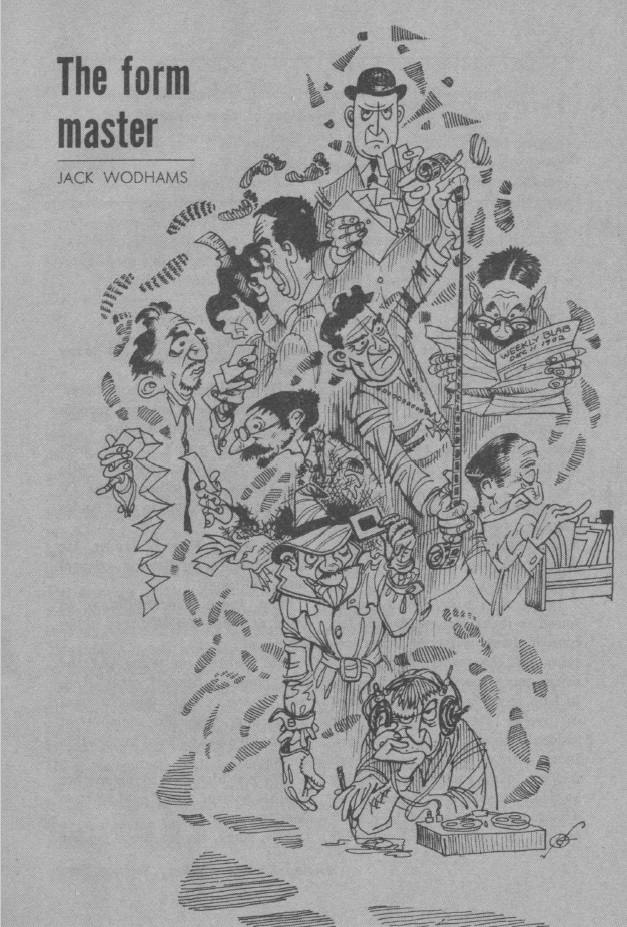

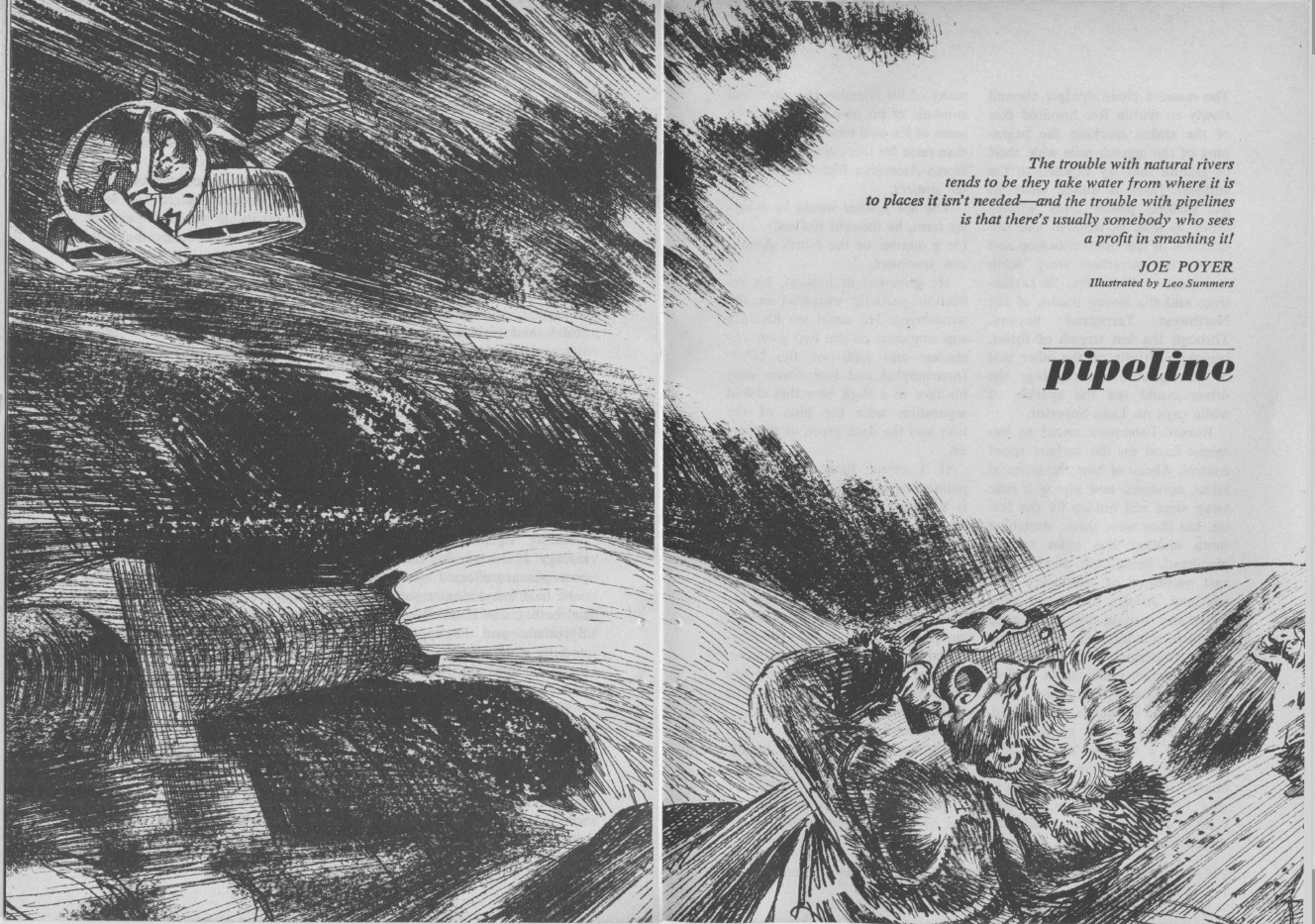
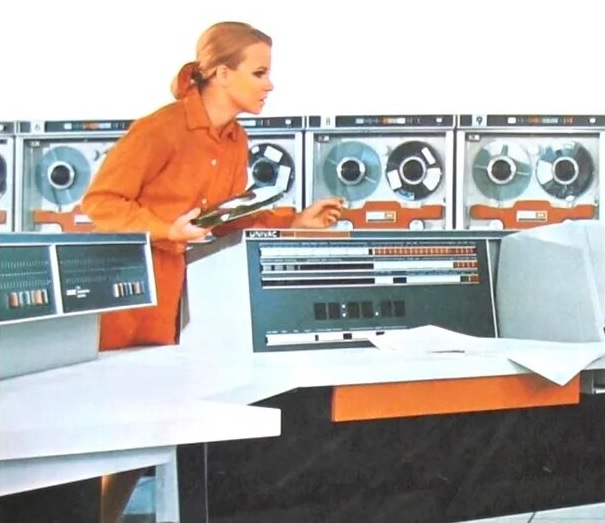
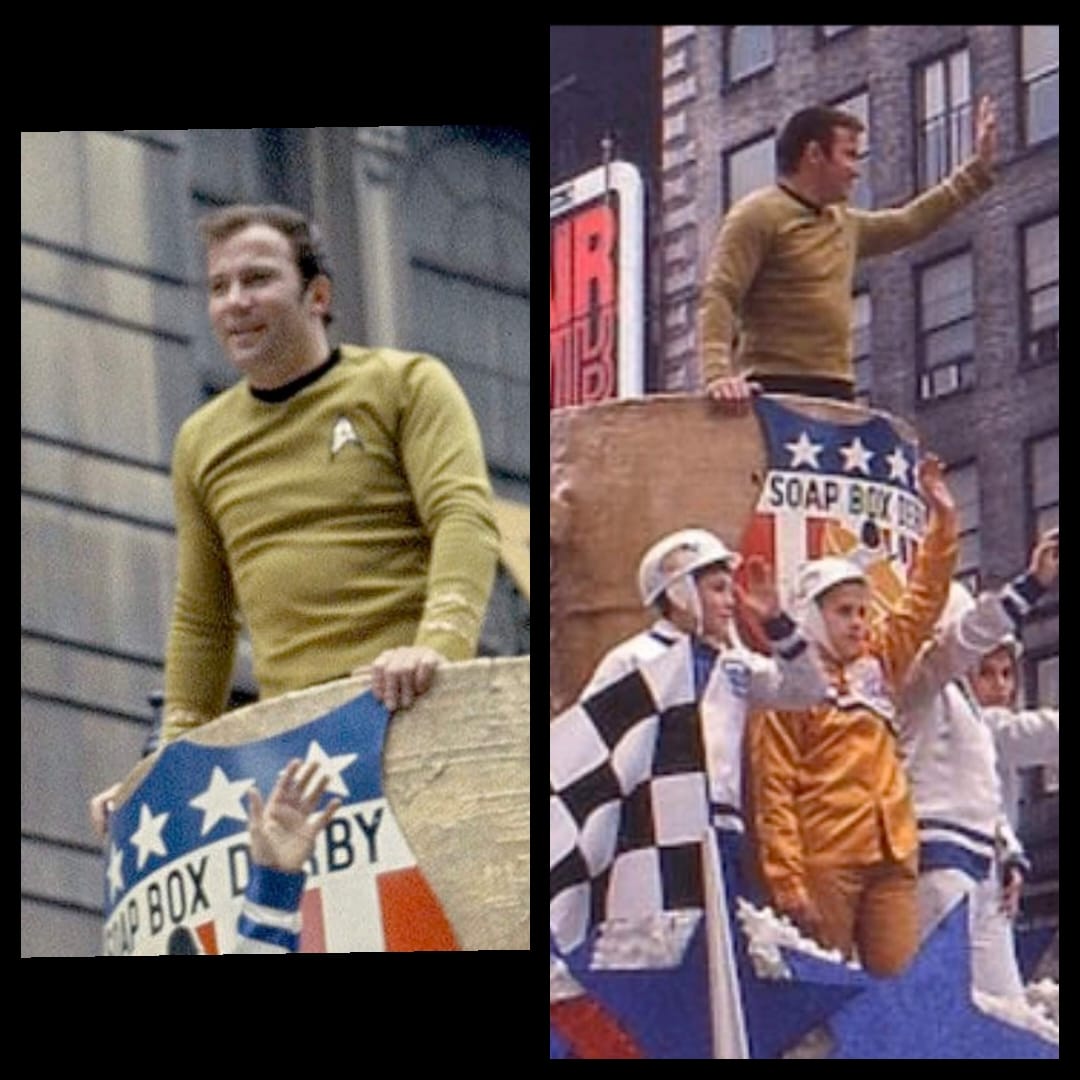

![[November 30, 1968] Up, Up, and Around! (December 1968 <i>Analog</i>)](https://galacticjourney.org/wp-content/uploads/2023/11/681130cover-575x372.jpg)


![[November 18, 1968] Pioneers and Protons (a space round-up)](https://galacticjourney.org/wp-content/uploads/2023/11/681118aurora-672x372.jpg)

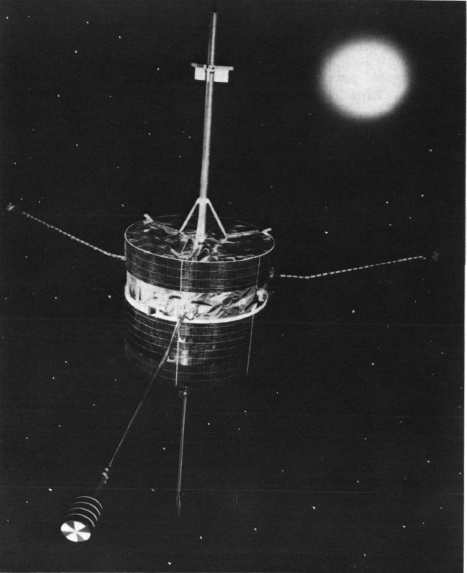
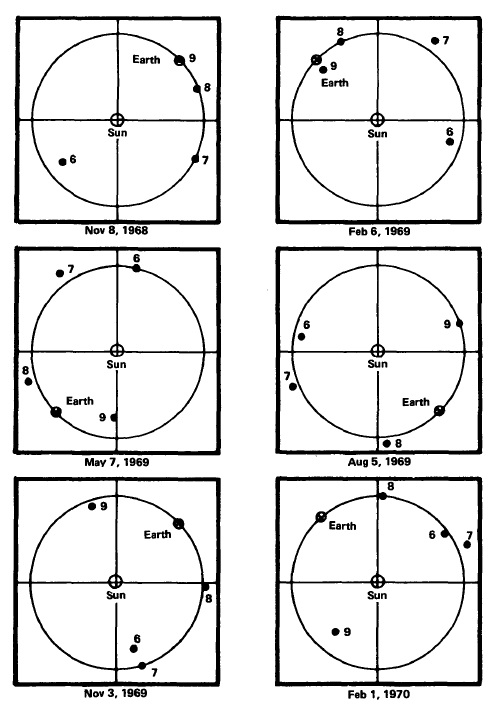
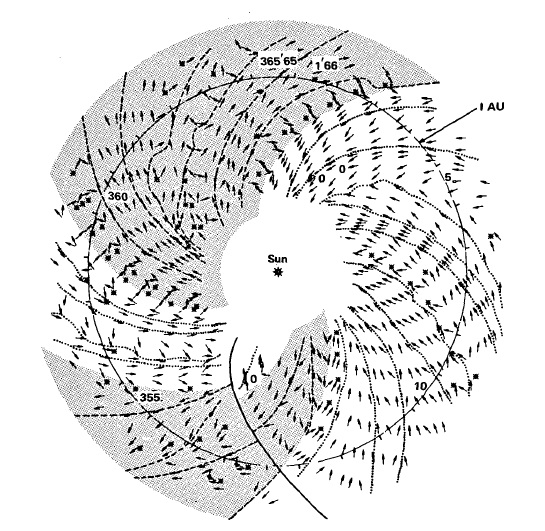
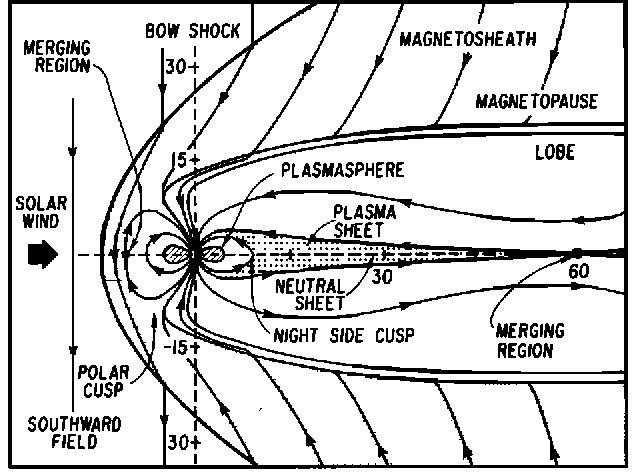
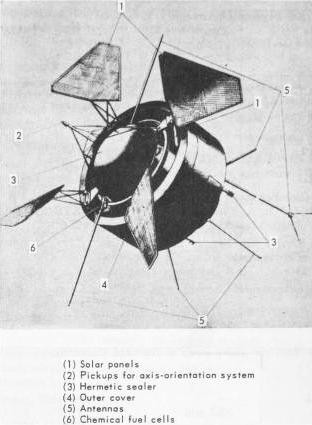
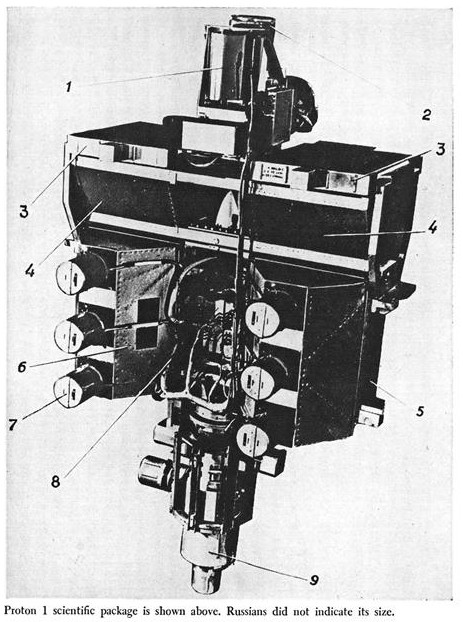
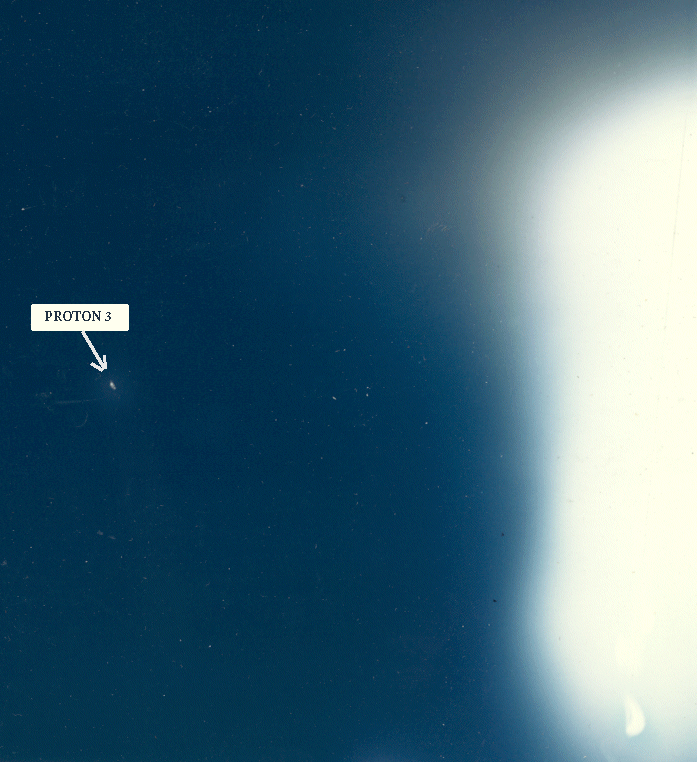
![[November 4, 1968] A Mysterious Mission (Soyuz-2 and 3)](https://galacticjourney.org/wp-content/uploads/2023/11/Soyuz-3-patch.jpg)


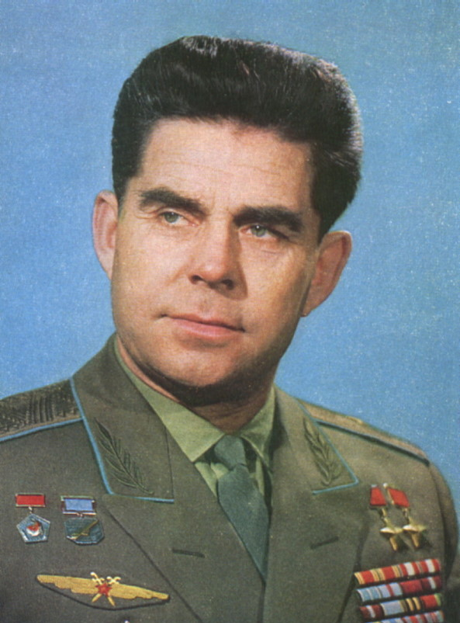
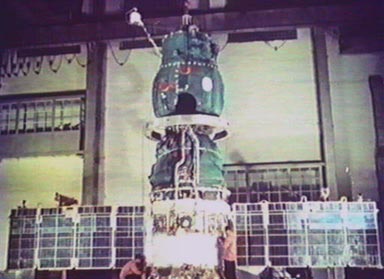
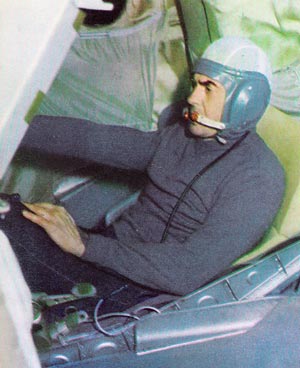


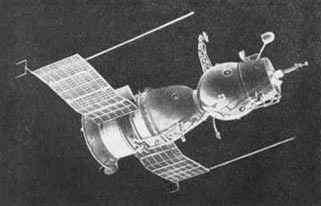
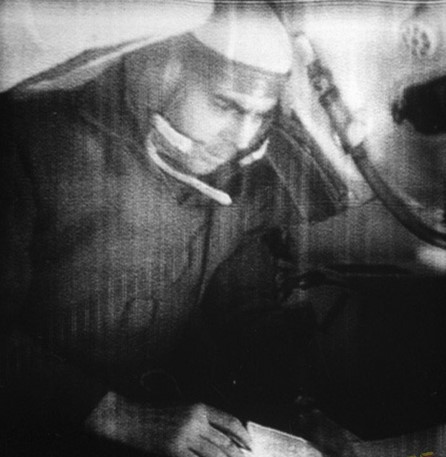

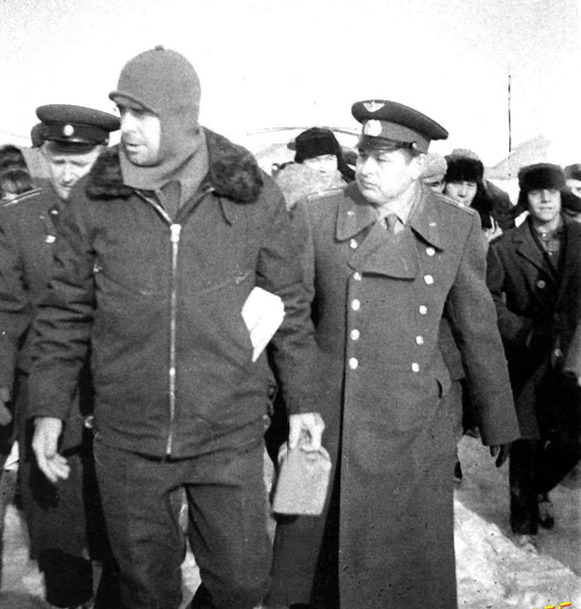
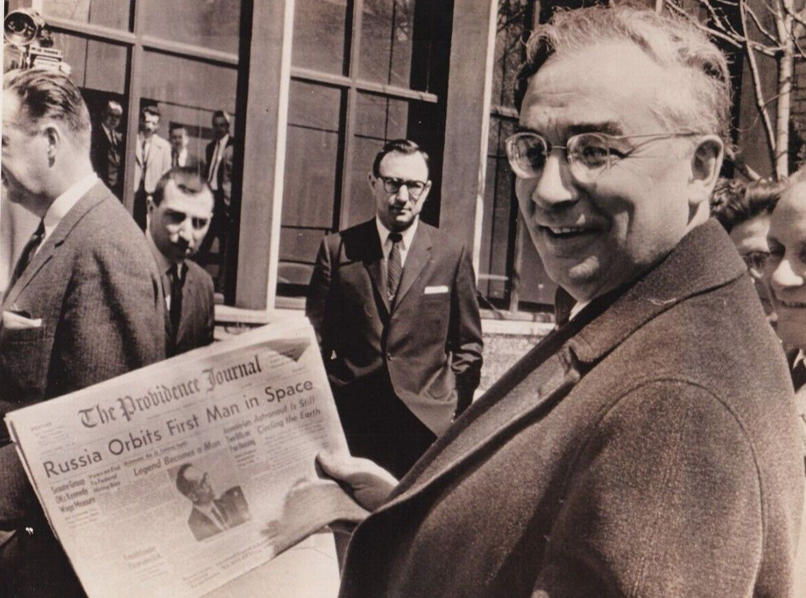
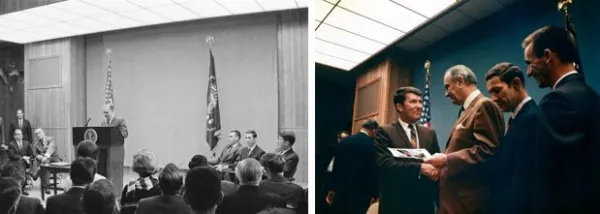
![[November 2, 1968] Role Models (December 1968 <i>IF</i>)](https://galacticjourney.org/wp-content/uploads/2023/10/IF-1968-12-Cover-672x372.jpg)

 Otto Hahn and Lise Meitner circa 1912.
Otto Hahn and Lise Meitner circa 1912. Lise Meitner in 1963.
Lise Meitner in 1963. A previously unknown piece by the late Hannes Bok, probably the last new Bok cover ever.
A previously unknown piece by the late Hannes Bok, probably the last new Bok cover ever.![[October 28, 1968] Impressive at first glance… (November 1968 <i>Analog</i>)](https://galacticjourney.org/wp-content/uploads/2023/10/681028cover-672x372.jpg)
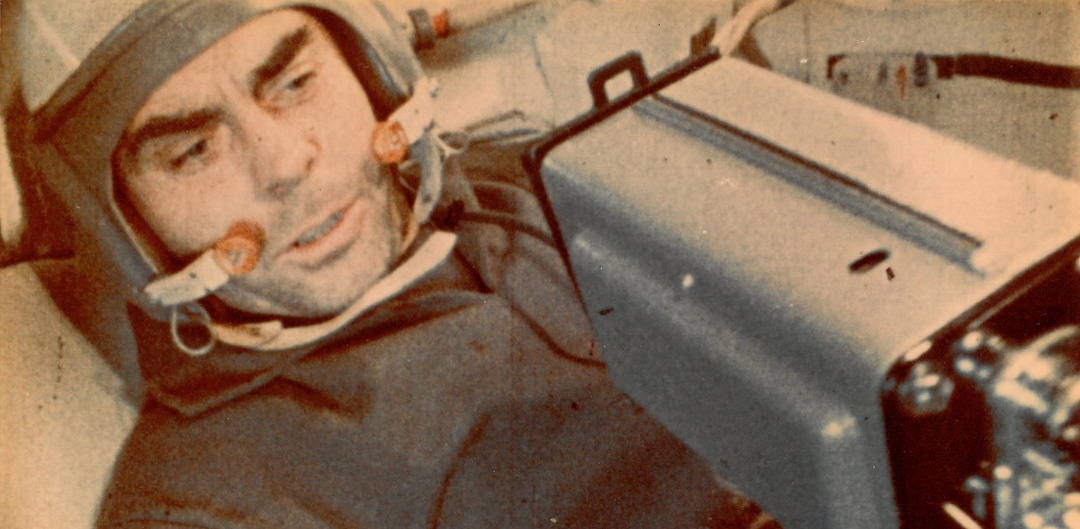

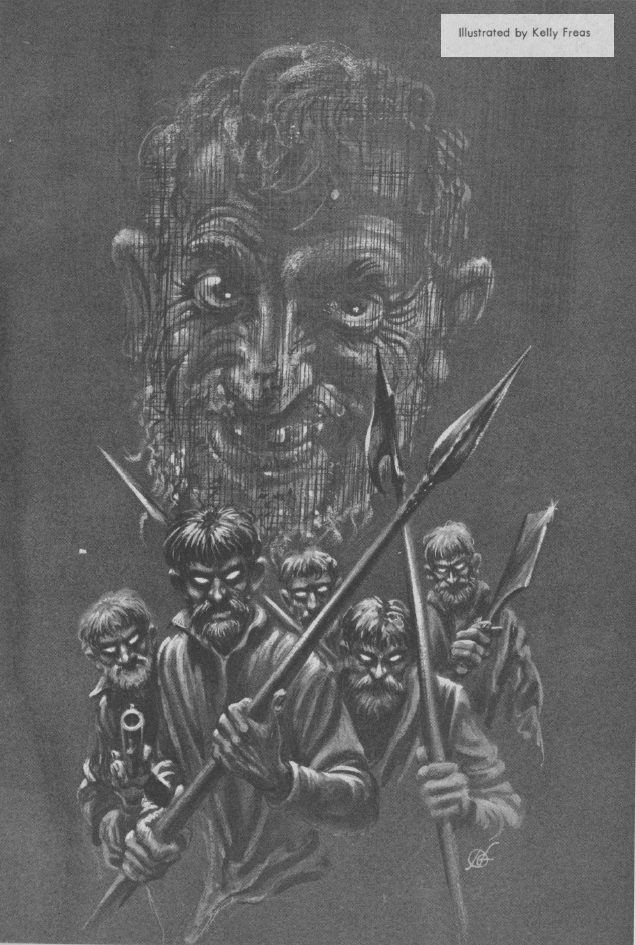
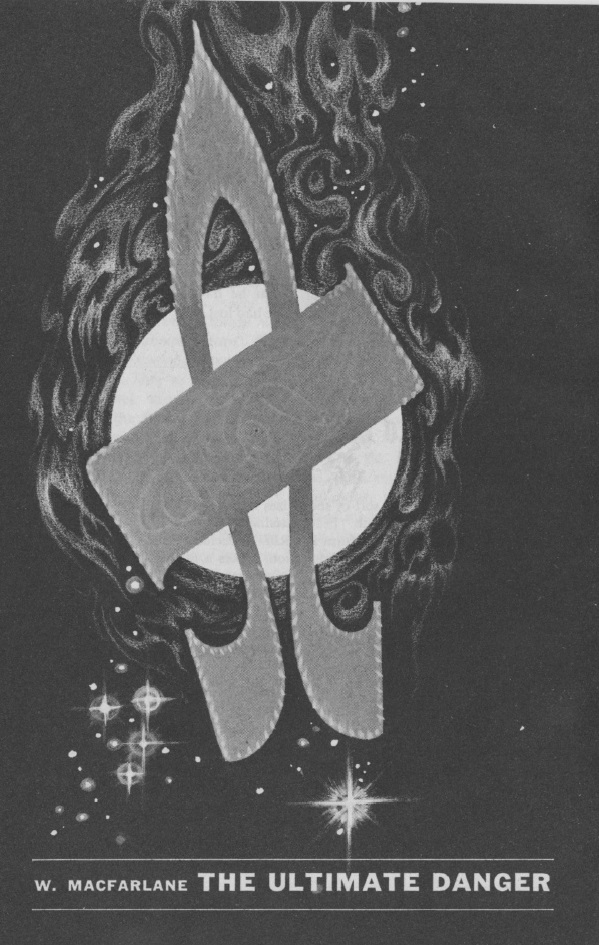
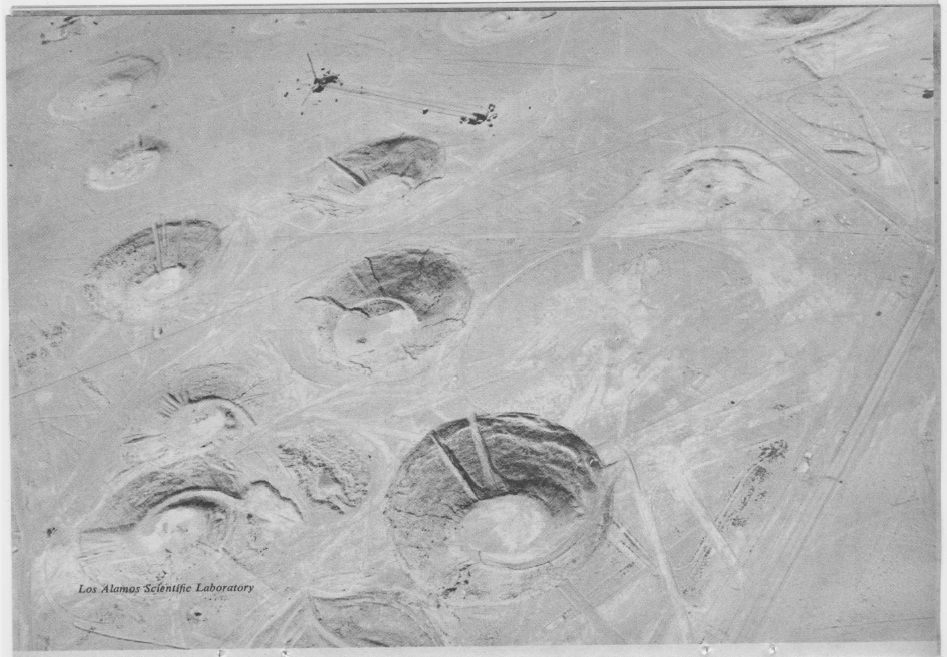
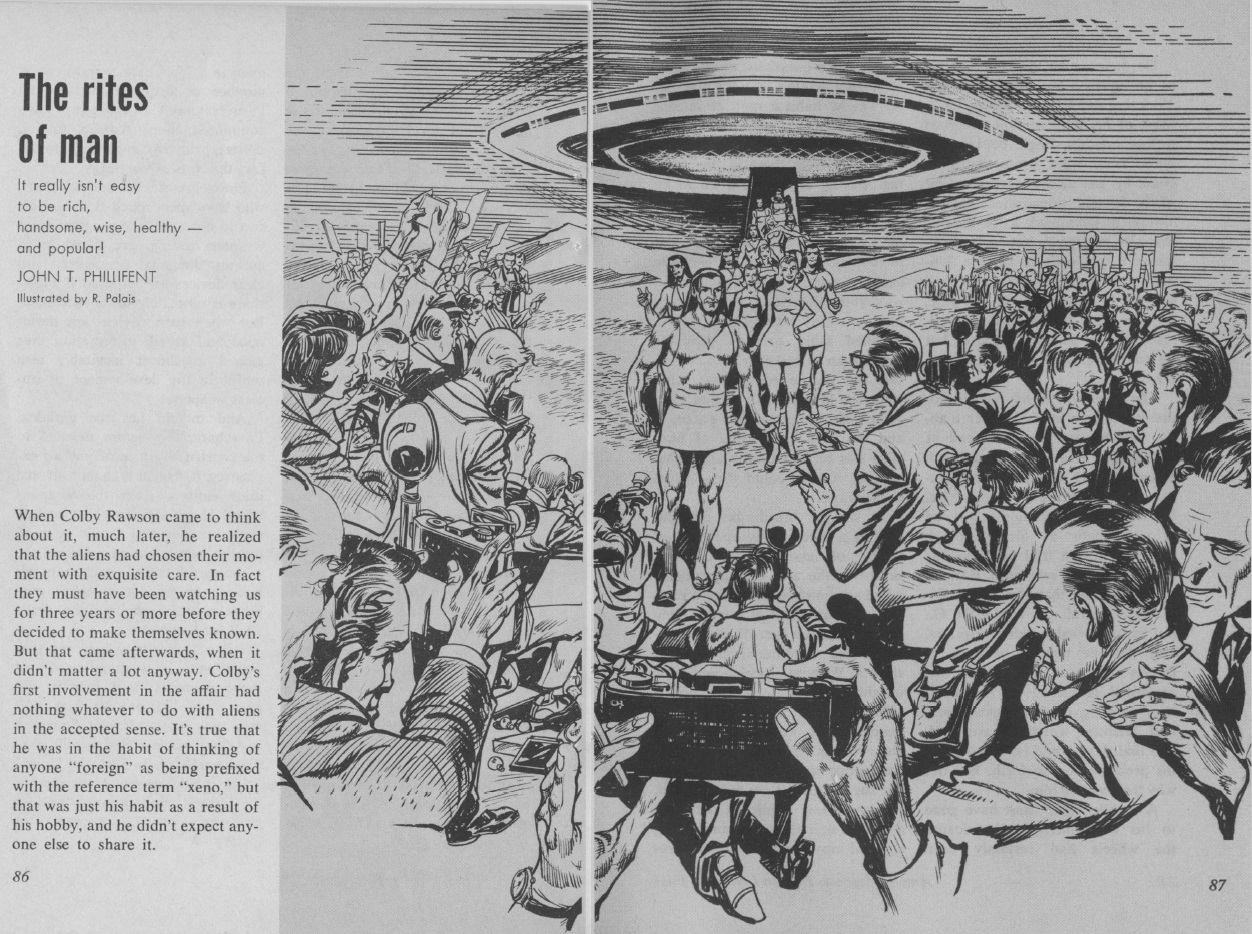

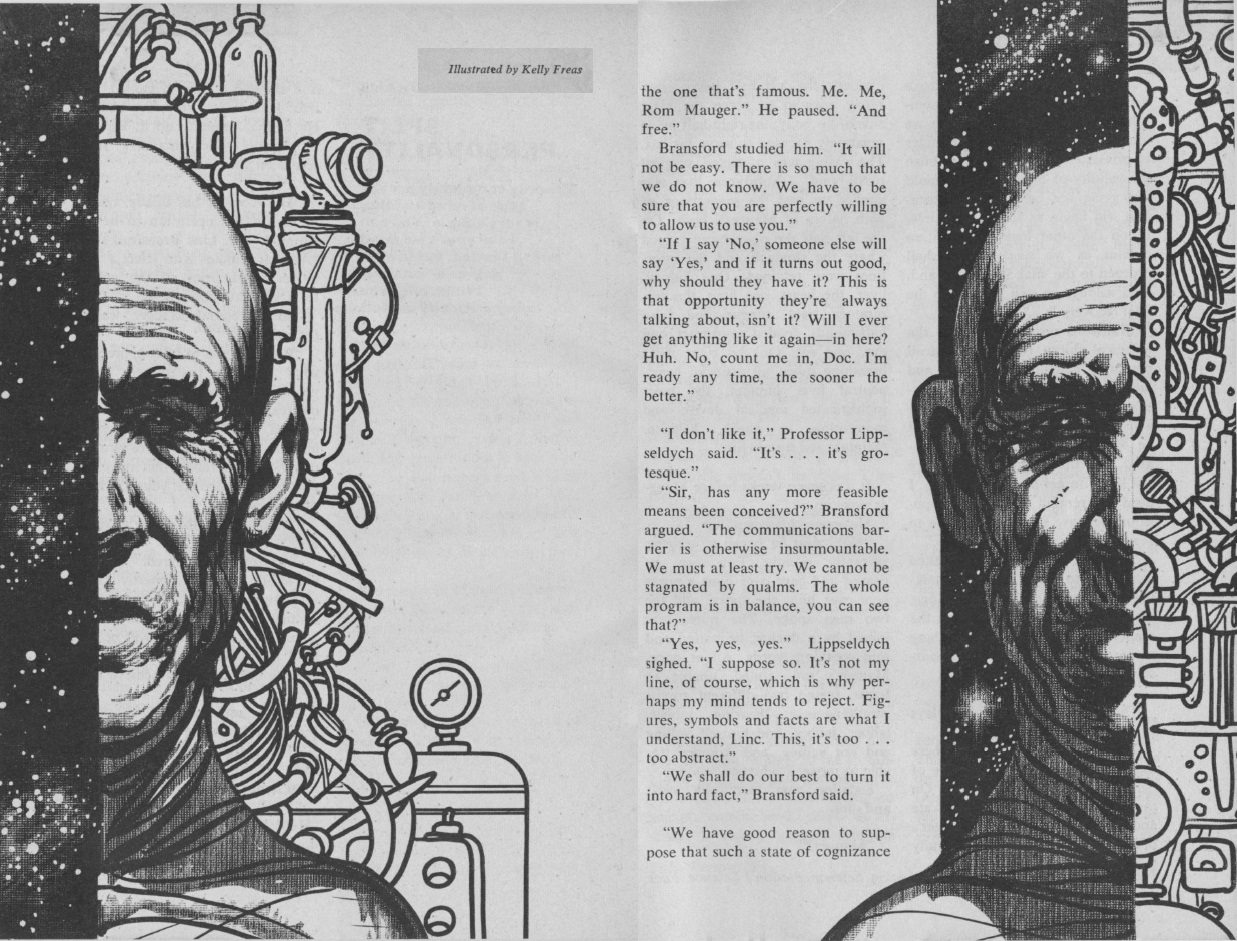

![[October 26, 1968] Phoenix from the Ashes (Apollo-7)](https://galacticjourney.org/wp-content/uploads/2023/10/Apollo-7-cover.jpg-672x372.png)
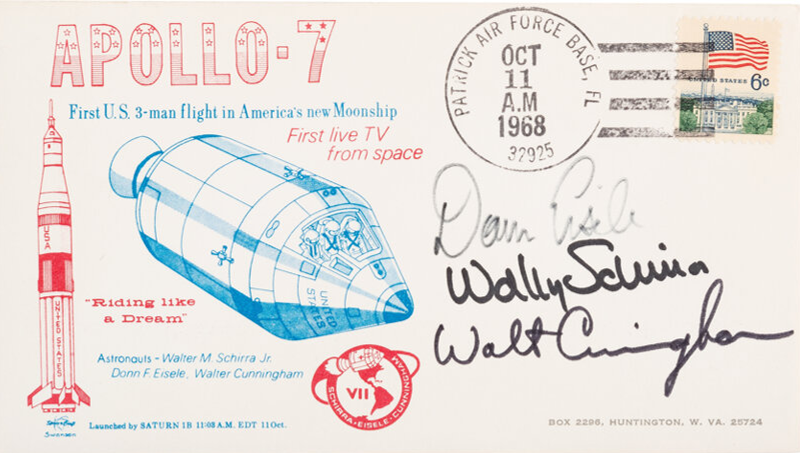

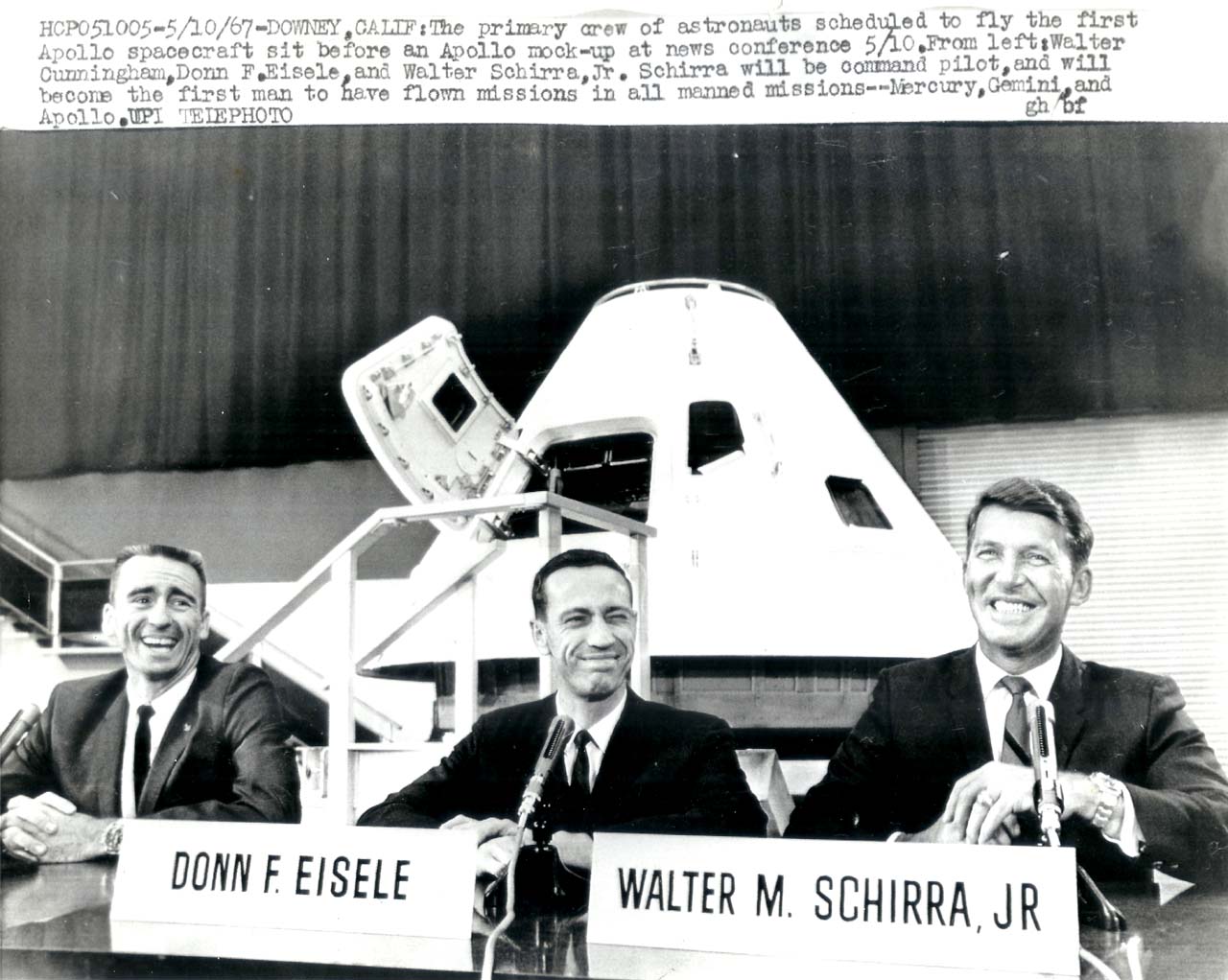


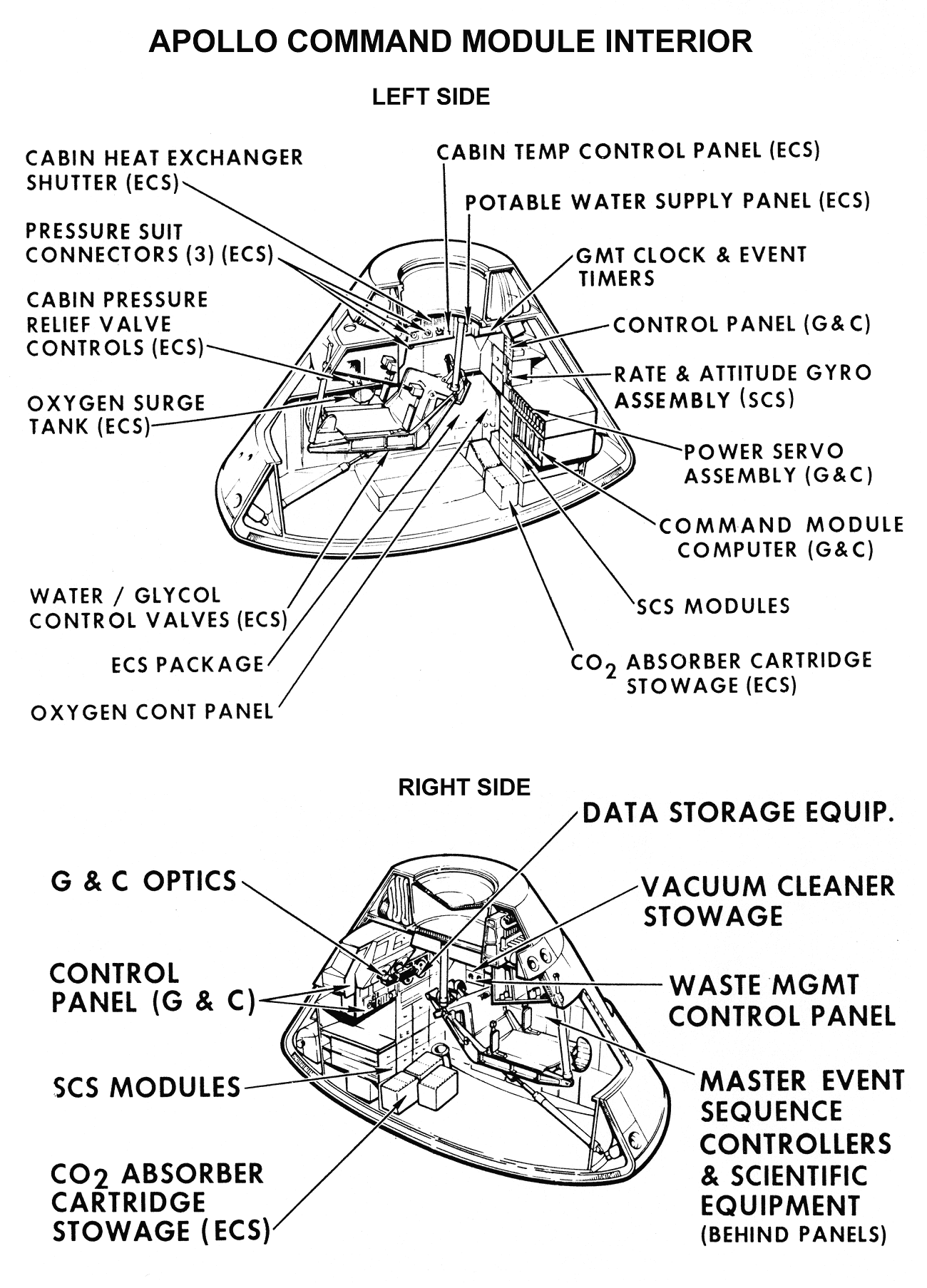
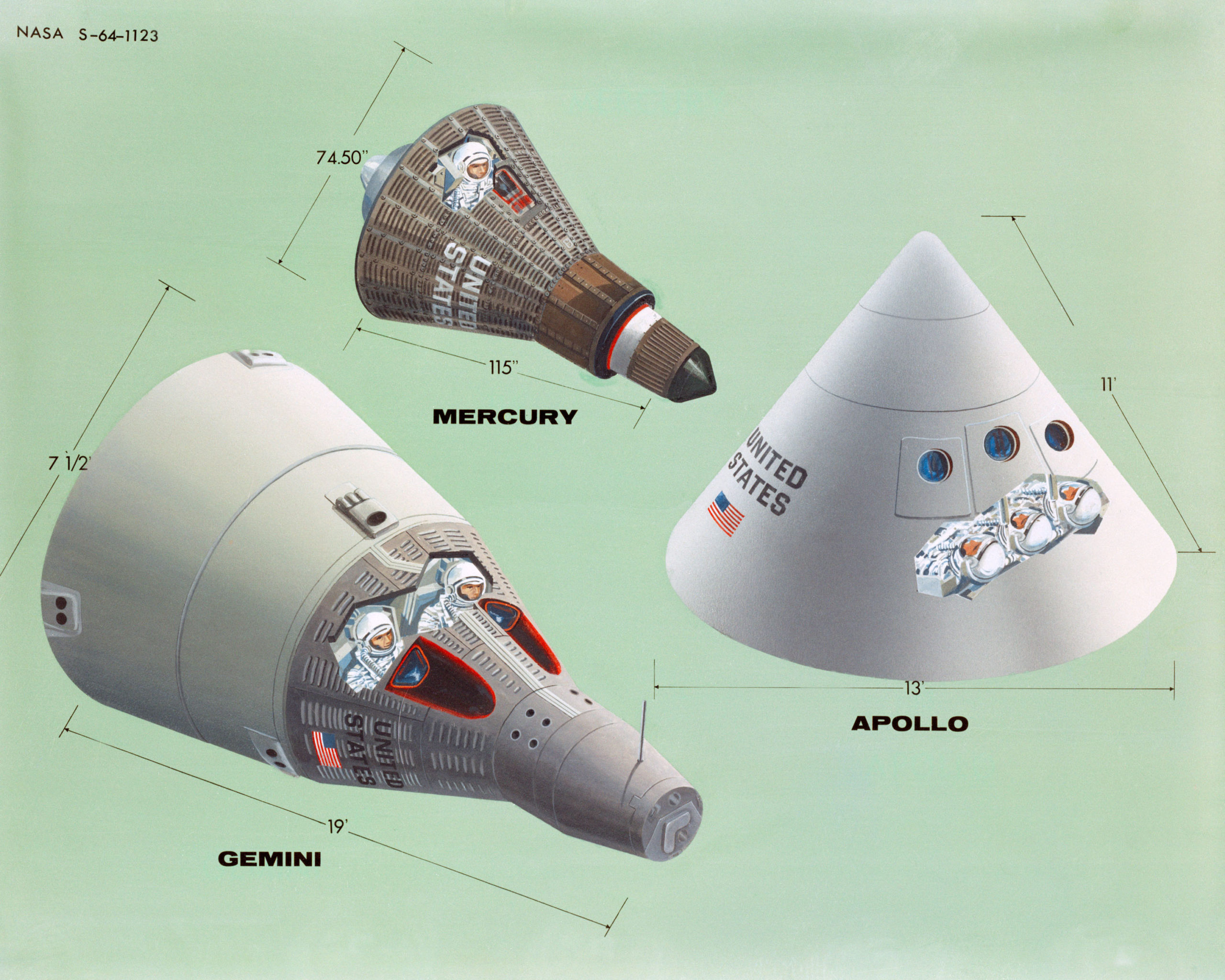
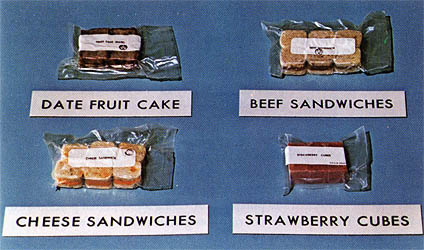
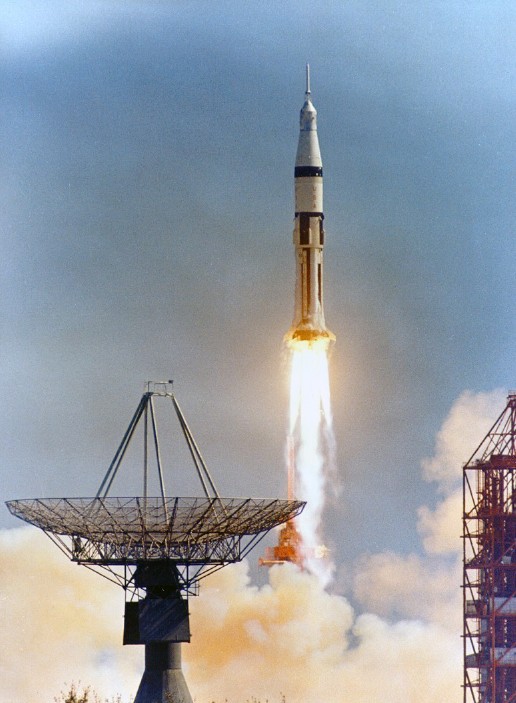



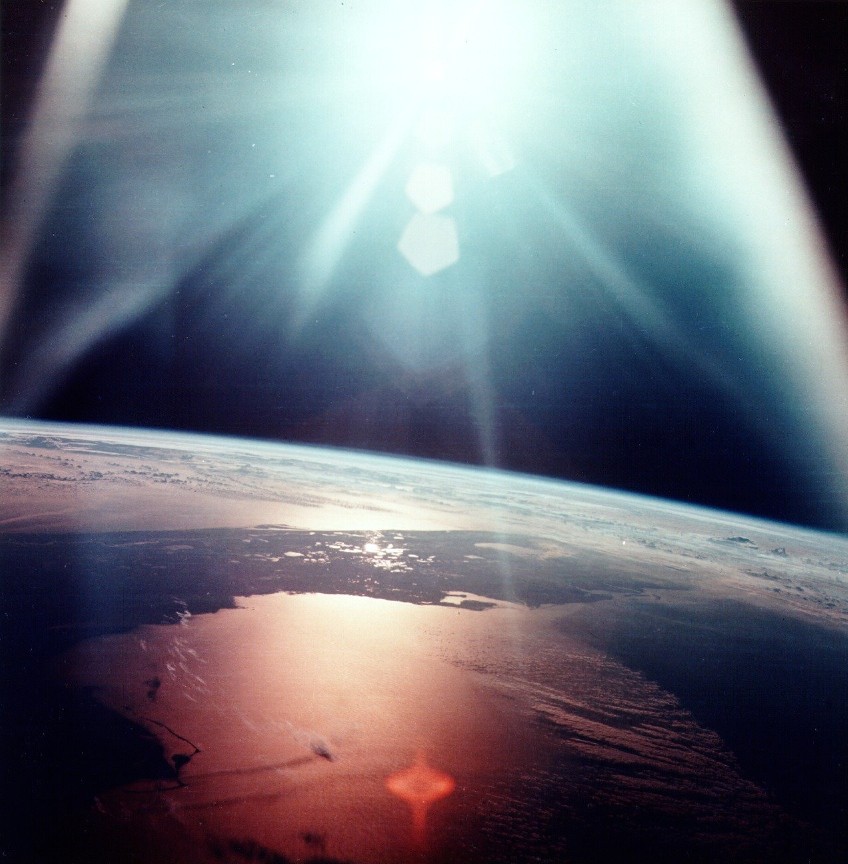
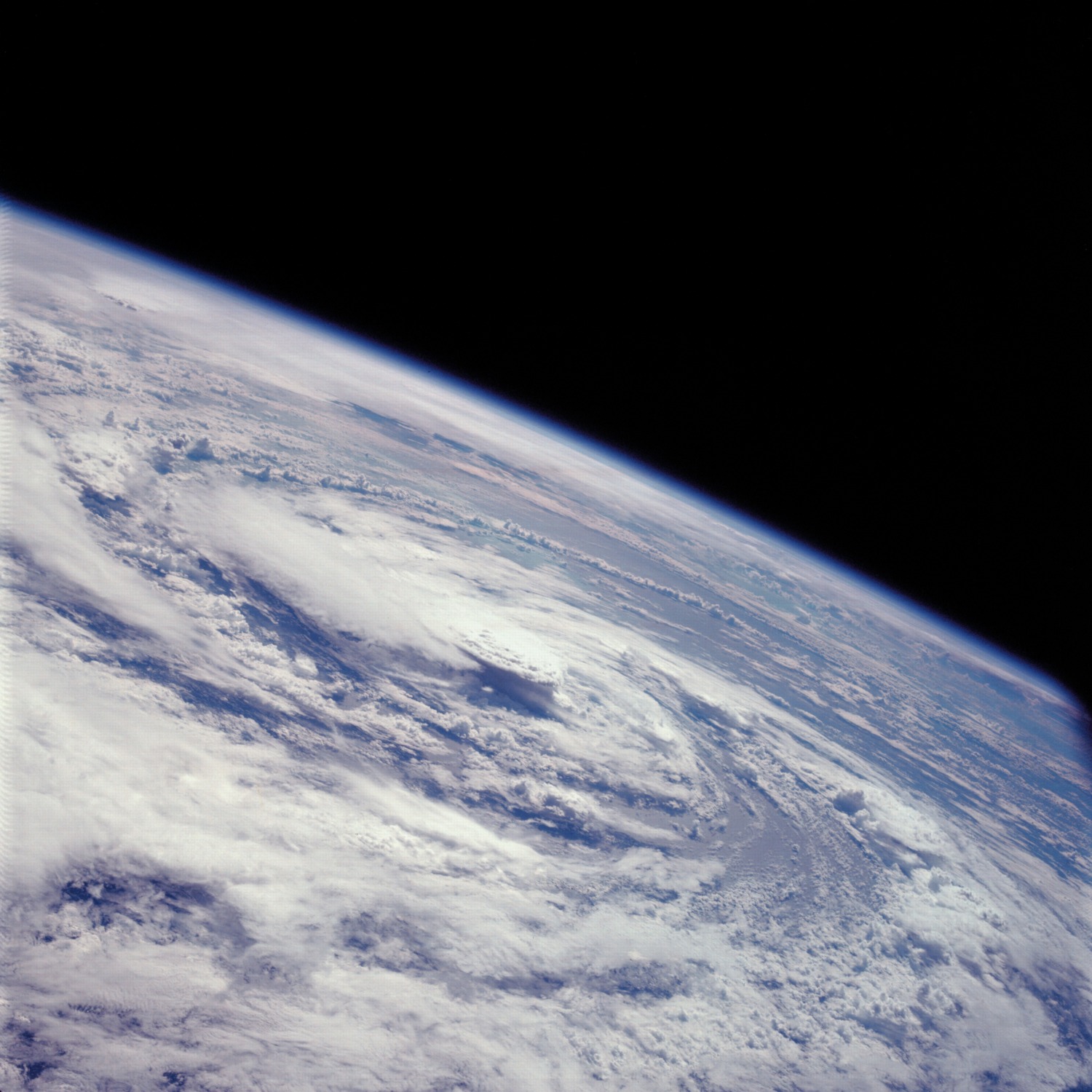
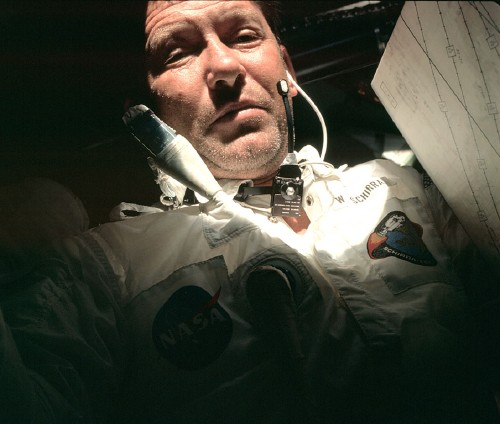
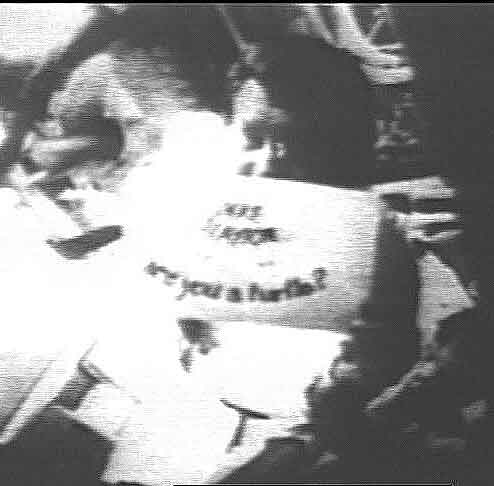
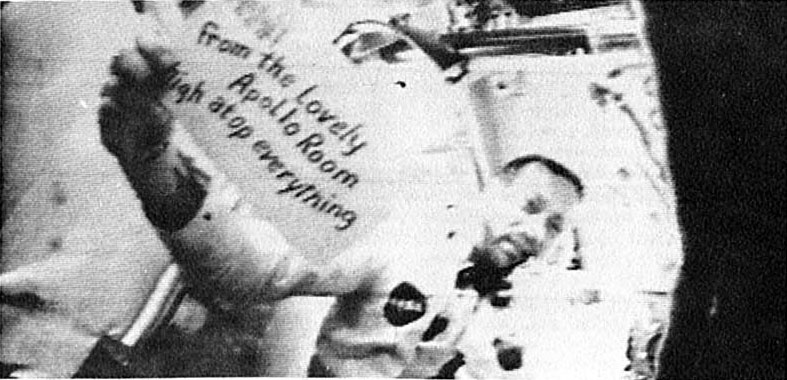
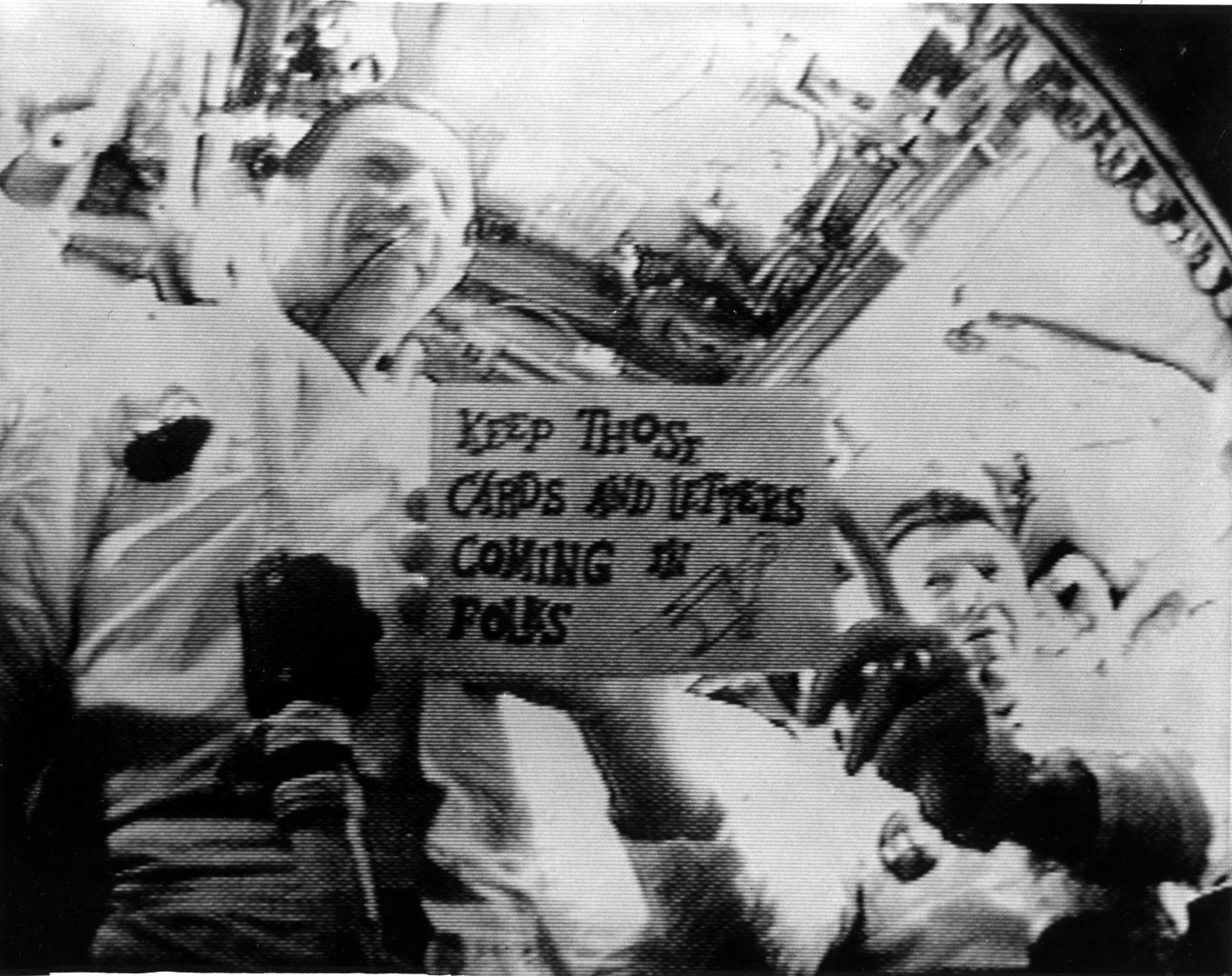
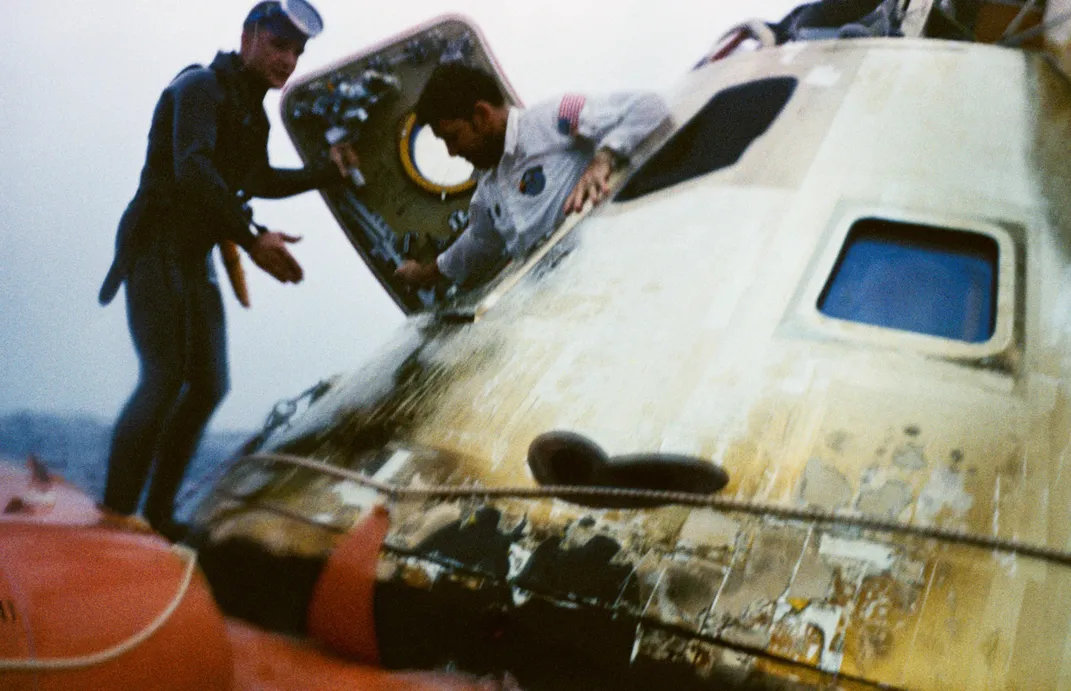

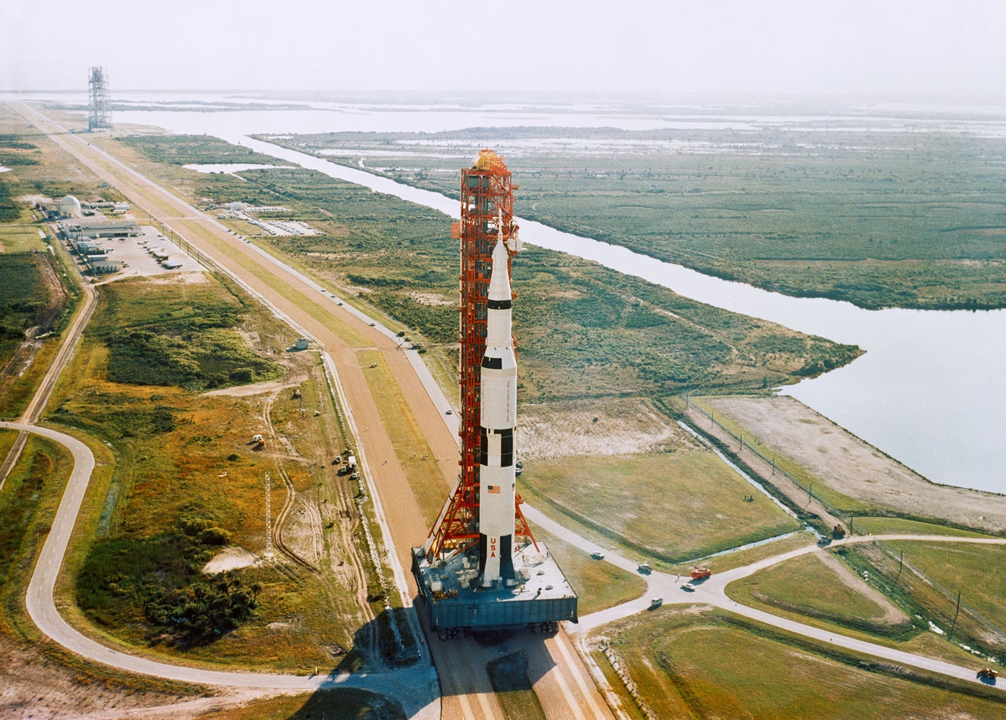
![[August 26, 1968] No time for a breath (Summer space round-up)](https://galacticjourney.org/wp-content/uploads/2023/08/680826essa7-629x372.jpg)
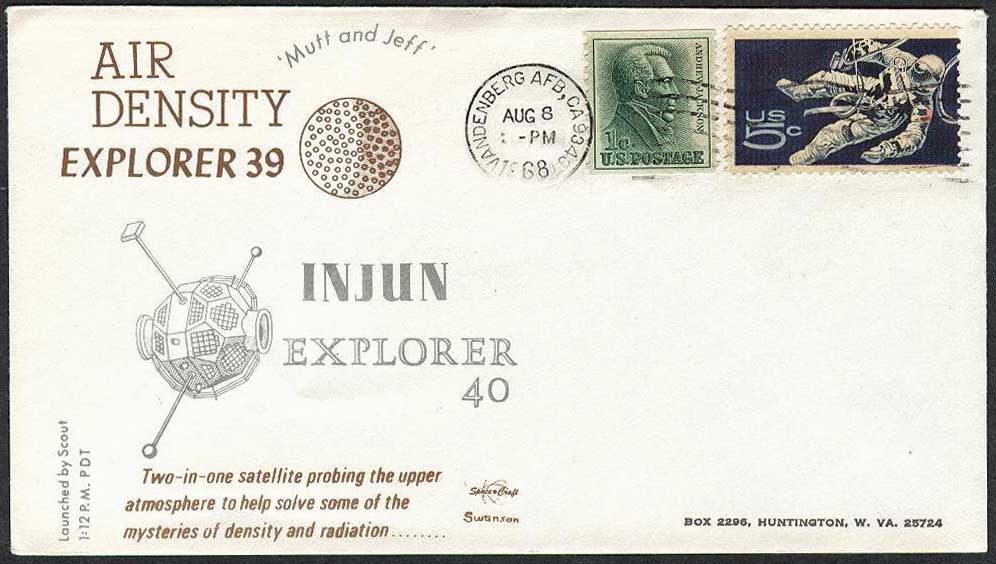

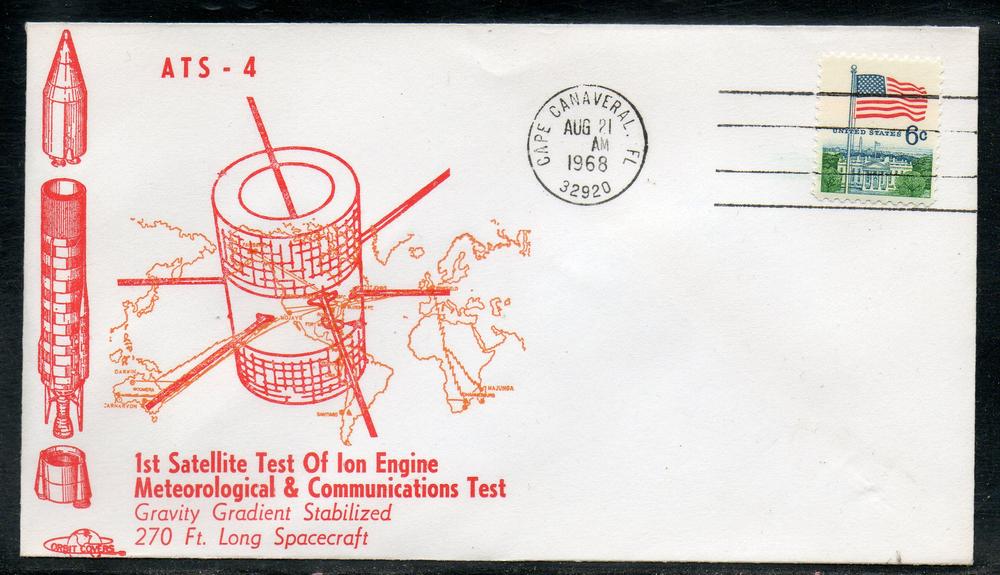
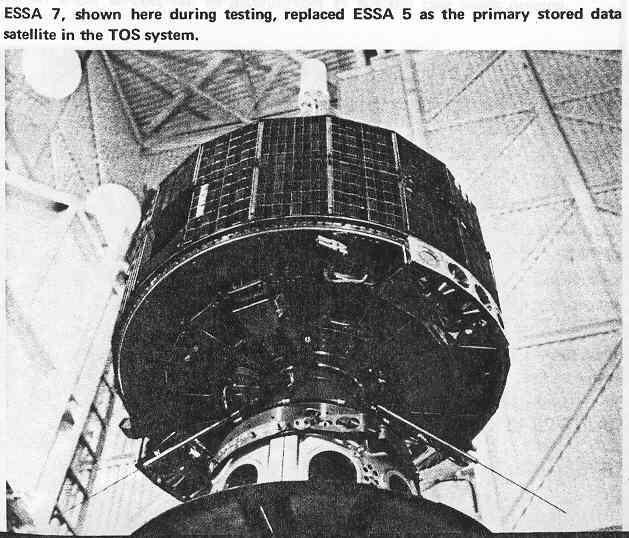


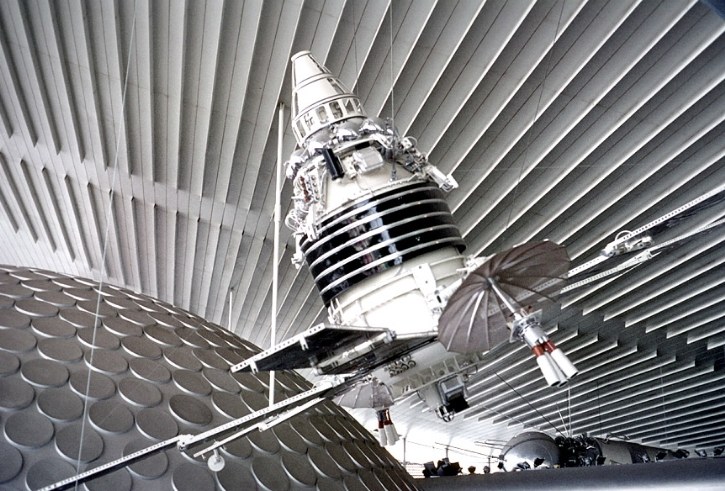
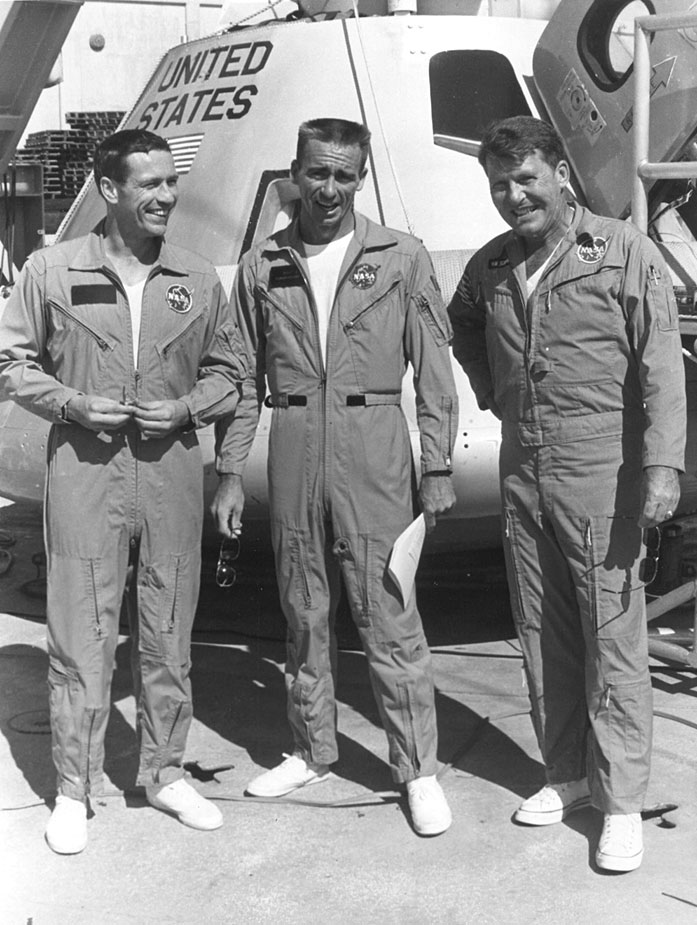
![[July 16, 1968] Hitching a Ride to Orbit (Orbiting Vehicle Satellite Series)](https://galacticjourney.org/wp-content/uploads/2023/07/OV1-86-599x372.jpg)



















![[June 28, 1968] Classified Communications (IDCSP Satellite Constellation)](https://galacticjourney.org/wp-content/uploads/2023/06/IDCSP-2-559x372.png)




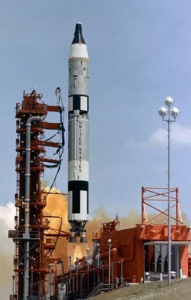







![[June 18, 1968] I Just Read It for the Stories (February-June 1968 <i>Playboy</i>)](https://galacticjourney.org/wp-content/uploads/2023/06/680618_PBCvrMarch-672x372.png)







